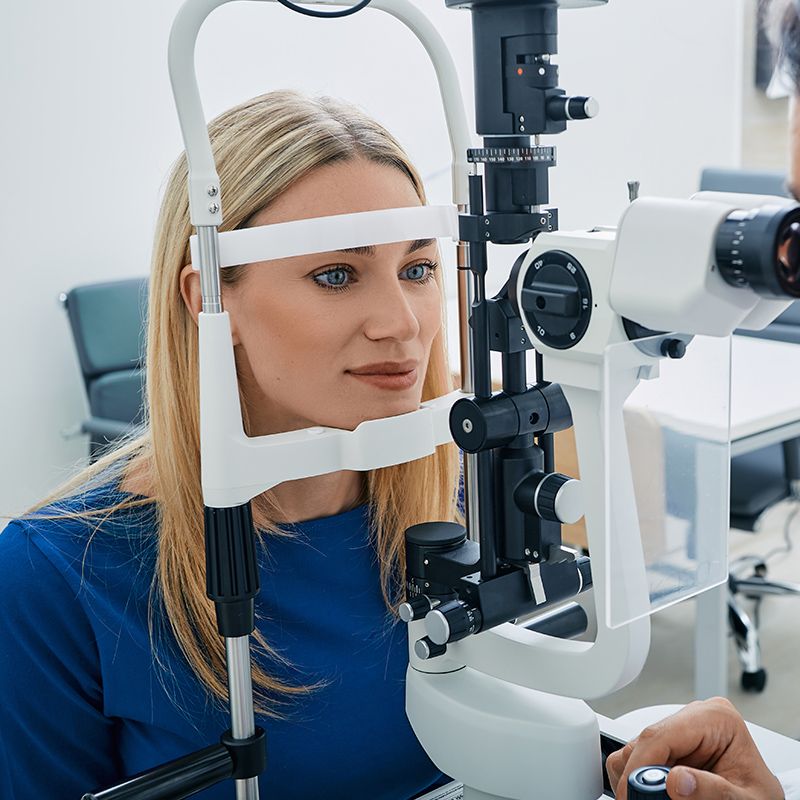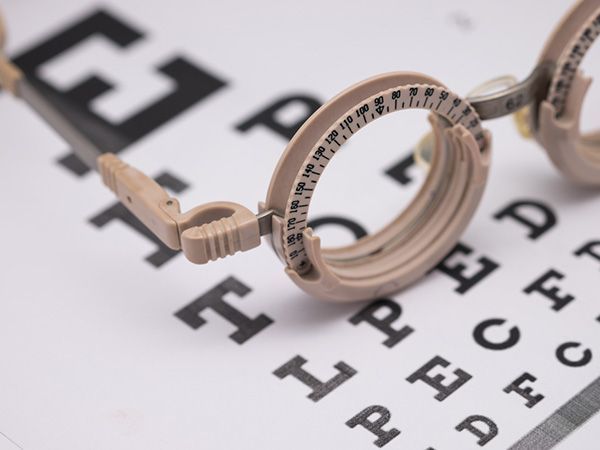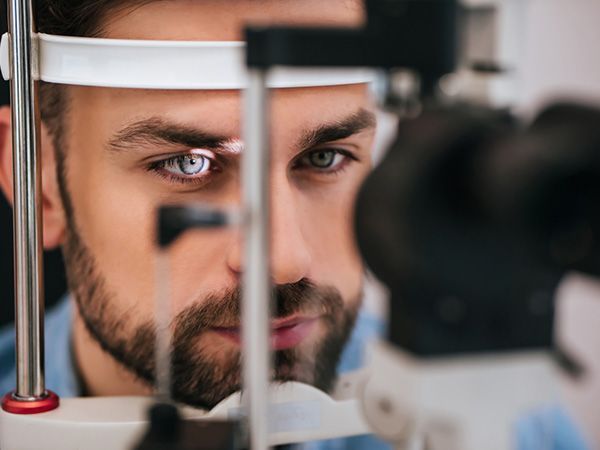About Comprehensive Eye Exams

Comprehensive eye exams are invaluable in determining not only your current eyewear prescription, but also the health of your eyes. A careful and thorough comprehensive exam can uncover many ocular and health-related problems that would go undetected in a refraction-only examination. Many pre-existing medical conditions, such as diabetes and high blood pressure, or certain medications can impact both vision and ocular health. The comprehensive exam will include a review of medical and family history, an assessment of eyewear prescription, and the current status of your ocular health.
There are numerous tests performed during a comprehensive eye examination that provide additional information about your eyes.
Intraocular Pressure
Intraocular pressure can be measured in a variety of ways. Most people who have had exams in the past remember the “eye puff” test, but pressure can also be measured without the puff of air. A small probe from our I-Care instrument will quickly and painlessly measure the pressure inside of the eye. The pressure reading is used to determine a patient’s risk of developing glaucoma
Color Vision
Color vision is tested to determine if there are any color deficiencies. Color blindness may often go undetected for many years. While there is no current treatment for color blindness, some patients may benefit from certain color enhancing lenses. Although most color blindness is inherited, changes in color vision can occur from disease or injury to the eye, and color vision testing should be performed regularly.
Stereovision (3-D)
The Stereo Test is used to determine the ability of the eyes to work together as a team. Optimal 3-D vision is achieved when both eyes have similar vision and good alignment. This is important for optimal depth perception. People who have less than optimal depth perception may struggle with driving and/or playing certain sports.
Refraction
The refraction part of the exam is what determines your eyewear prescription. Most people who have had exams in the past will remember, “Which is better? 1 or 2?” Although this may cause anxiety in some patients, fearing they will choose the wrong answer, there is no wrong answer. A large change in prescription in adults may reveal conditions such as diabetes and cataracts.
Vision Field Test
The Visual Fields test may be performed for various reasons. Changes in peripheral vision may indicate the beginning or advancement of glaucoma. Peripheral vision changes may also indicate numerous neurologic conditions such as stroke, Multiple sclerosis (MS), development of brain tumors, and pituitary gland disorders.
OCT Scan
The Optical Coherence Tomography (OCT) is an instrument that allows us to see the deeper layers of the retina and optic nerve. It is used for the evaluation of glaucoma, macular degeneration, macular disorders, retinal and vitreous breaks/detachments. The scans are quick and non-invasive.
Retinal Imaging
Retinal Imaging involves taking a photo of the retina. The resulting image is stored digitally and is immediately available for review. The new image will be compared to previous exam images to determine if any changes have occurred.







